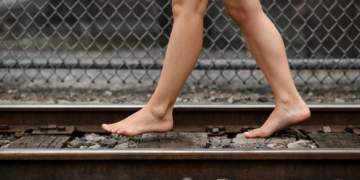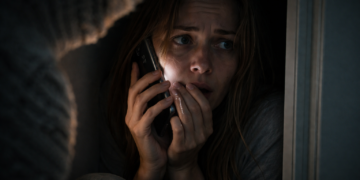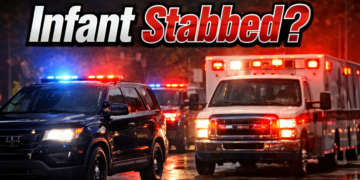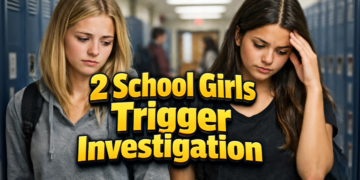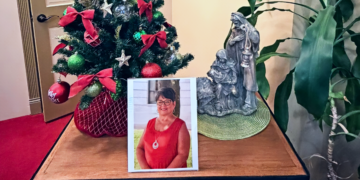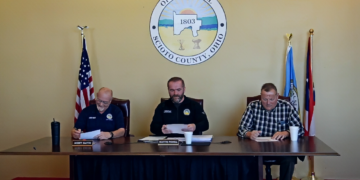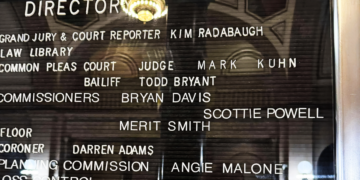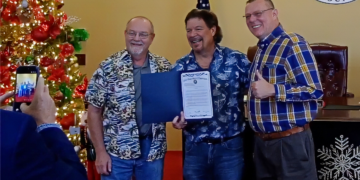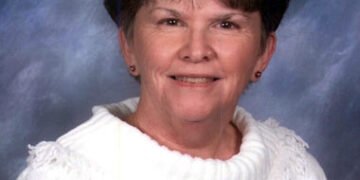Weddings should be fun, festive, and warm. Unfortunately, poor planning can make the big day unexpectedly dangerous for anyone in attendance. Don’t worry; this guide will walk you through three must-know safety tips for planning weddings.
For Outdoor Weddings, Plan Accordingly
To ensure everyone is safe and comfortable, pay attention to weather reports and plan accordingly. For example, if your wedding day will be particularly hot and sunny, set up cool, shaded areas for guests to retreat to periodically. Don’t forget about providing enough water for everyone! On the other hand, if there’s a chance of storms, have a backup venue ready to go. That way, you won’t have to call off the big day just because of rain. Plus, partying outdoors during heavy storms isn’t the safest way to celebrate weddings.
Know Your Exits
Before the big day arrives, talk with the venue owner about any and all safety plans. For example, you should have a good understanding of all fire exits and escape routes if such a situation erupts. This same principle applies to natural disaster plans and any other situation that would call for everyone to retreat to a safer area.
That way, if a fire or tornado hits the wedding, you and your guests are ready to promptly find shelter. This is one of the top must-know safety tips for planning weddings because it’s so easy to overlook. However, it’s also a simple step that will prevent chaos from erupting during emergencies.
Invest in Safe Décor
This tip doesn’t mean you shouldn’t hang fire axes from the ceiling—suffice it to say, that’s a pretty obvious tip. By “safe décor,” we mean materials that pose unsuspecting threats to guests. For example, if you’re adding some flowers or additional greenery to the event space, make sure guests don’t have severe allergies to them.
Likewise, take a deep dive into fire retardant event fabric to ensure your luscious drapes aren’t a significant safety hazard. Simply put, your décor should be more delightful than destructive. Know all the safety hazards your décor may present and figure out ways to minimize those hazards successfully.











